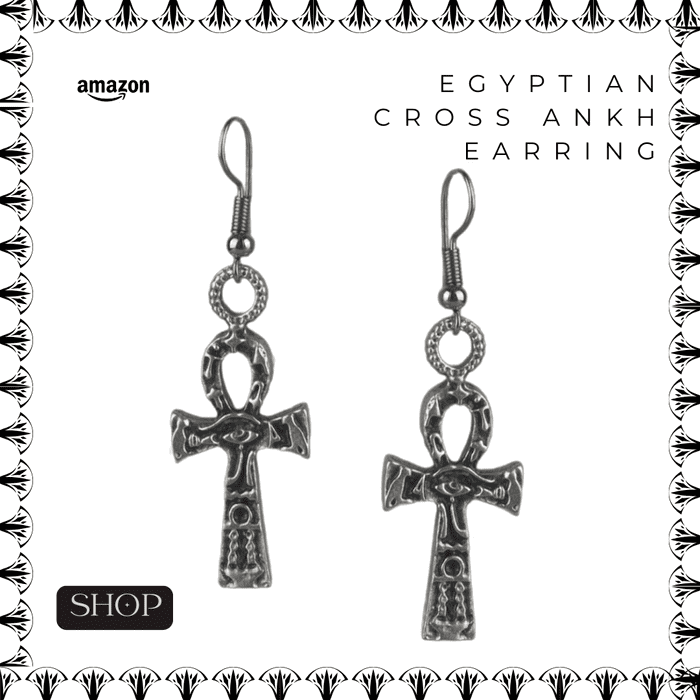In the golden sands of ancient Egypt a symbol emerged, capturing the essence of life and eternity. The ankh! It has intrigued and mystified historians, scholars, and spiritual seekers for millennia. Dive with us into the depths of its meaning, origin, and the mythological tales that surround this iconic emblem.
The Meaning & Spirituality
At its core, the ankh represents life. Often referred to as the “key of life” or the “cross of life”. It encapsulates the concept of eternal existence, both in the physical and spiritual realms. The symbol appears frequently in ancient Egyptian art. You can see ankh held by deities to a pharaoh’s nose. Because it symbolizing the breath of life, or carried as a symbol of divine protection and power.
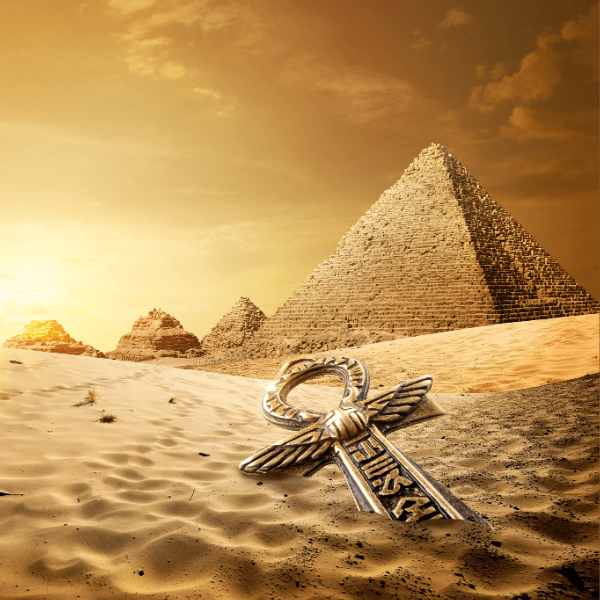
This symbol is old as time and carries profound spiritual significance. Some believe the symbol represents the union of male and female, underscores the harmonious balance of opposites, a cornerstone of many spiritual philosophies. Throughout history, spiritual seekers and enthusiasts have adopted the ankh. It became a representation of life’s continuity, the intertwining of the physical and spiritual, and the eternal dance of duality and unity.
Origins of the Ankh
The exact origins of the ankh remain shrouded in mystery. Some scholars believe it symbolizes the union of the male and female, with the loop representing the womb and the cross, the phallus. This interpretation aligns with the Egyptian obsession with duality and the harmonious balance of opposites.
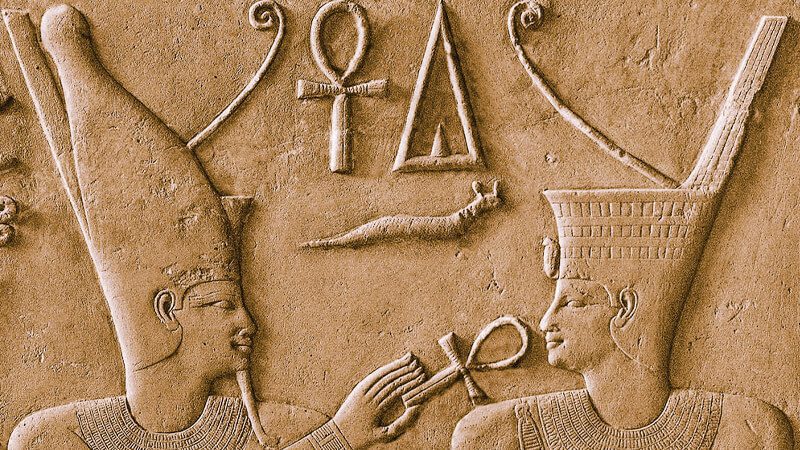
Others suggest that this symbol might represent the sun rising over the horizon, a daily reminder of rebirth and renewal. Given the Egyptians’ reverence for the sun god Ra and their intricate understanding of the cycles of life and death, this theory holds significant weight.
Mythological Tales Surrounding the Egyptian Cross
The ankh weaves its way through many Egyptian myths. It represents the union of man and woman and symbolizes the creation of life through this union. So this combination of the male and female symbols finds itself in heavenly love stories.
One of the most captivating involves the god Osiris, the goddess Isis, and their eternal love story. Osiris, the god of the afterlife, met a tragic end at the hands of his envious brother, Set. Mourning her beloved, Isis used her magical powers, symbolized by the ankh, to resurrect Osiris, emphasizing the symbol’s association with life, rebirth, and the power of love.
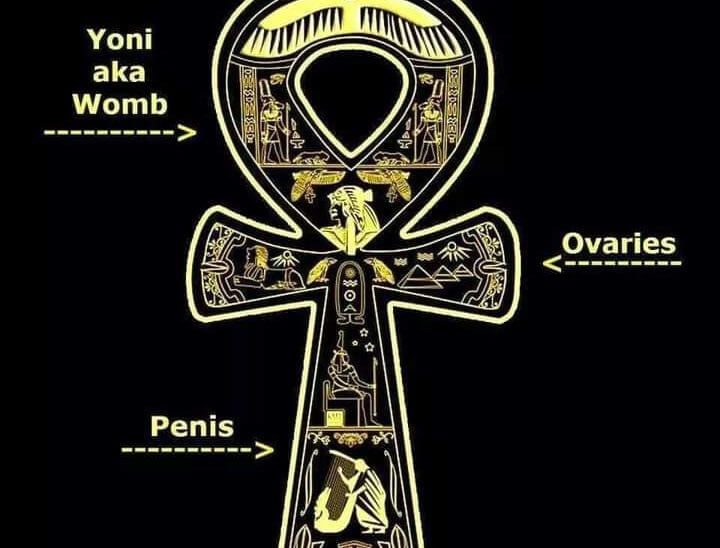
In another tale, the ankh plays a role in the journey of the sun. Every night, Ra, the sun god, would journey through the underworld, facing various challenges. The ankh, as a symbol of life and protection, aided him in his nightly voyage, ensuring the sun’s rebirth each morning.
Gods With the Key of Life
In the vast tapestry of Egyptian symbols, the ankh is rarely alone. It often appears alongside other powerful icons, each weaving together stories of life, death, protection, and rebirth.
Ankh and Anubis
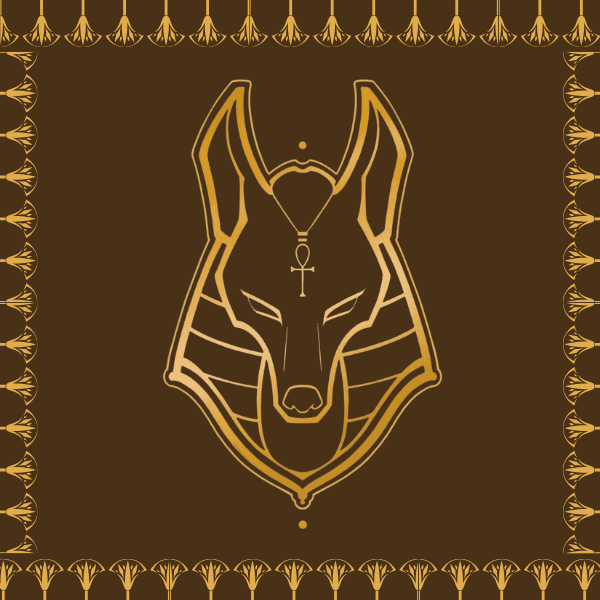
The god Anubis, guardian of the underworld and protector of the dead, is frequently depicted holding an ankh. This combination signifies safe passage into the afterlife, with Anubis granting the “breath of life” to souls during their transition. The phrase ankh Anubis has come to represent divine guardianship over life and death.
Ankh and the Eye of Horus
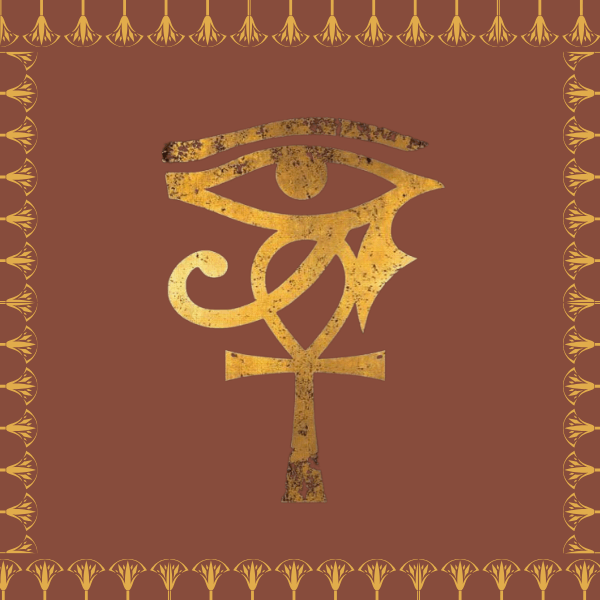
The Eye of Horus is a symbol of protection, healing, and restoration. When paired with the ankh, it becomes a powerful emblem of spiritual survival—both in this life and the next. The ankh and Eye of Horus meaning speaks to the dual power of life and protection, making it a favored combination in amulets and sacred carvings.
Ankh and the Scarab
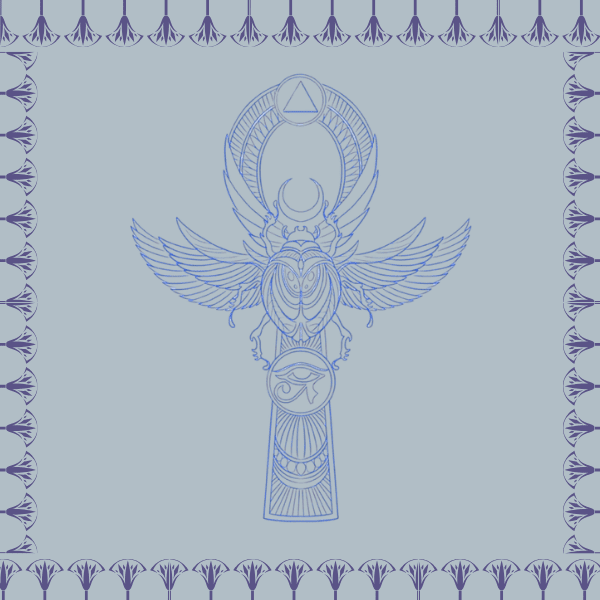
The scarab beetle, a symbol of rebirth and transformation, was believed to roll the sun across the sky, just as the beetle rolls its ball of dung. When shown with the ankh, the scarab amplifies the message of eternal life and cosmic renewal. The ankh and scarab together represent a continuous cycle of creation, death, and rebirth.
These combinations were not decorative choices—they were spiritual codes. In temples, tombs, and amulets, these symbols worked together to invoke protection, guidance, and balance between worlds.
Is It Okey to Wear an Ankh?
Absolutely! Many people wear this symbol for various reasons, mostly for protection. However there are a lot of compelling reasons to wear it. Firstly, this symbol hails from ancient Egyptian culture, one of the world’s oldest and most influential civilizations. Wearing it can signify a deep appreciation and respect for its rich history It represents life and eternity. By wearing it, you can embrace the concept of life’s continuity, both in the physical and spiritual realms.
Some wear the it as a spiritual talisman, because basically it is a protection symbol. Also used for good fortune, and divine blessings. Its association with deities like Isis and Osiris underscores its spiritual significance. Given its rich history and symbolism, the symbol can serve as a conversation piece, allowing you to share its story and significance with others.
What Does the Ankh Protect Against?
The “key of life,” is a symbol deeply rooted in ancient Egyptian culture and spirituality. While its primary representation is that of life and eternity, it also holds connotations of protection, especially in religious and funerary contexts.
In various Egyptian artworks, deities are depicted holding the ankh towards the nose or mouth of the pharaohs, symbolizing the breath of life and divine protection. This act was believed to safeguard the rulers from spiritual harm and ensure their safe passage to the afterlife.
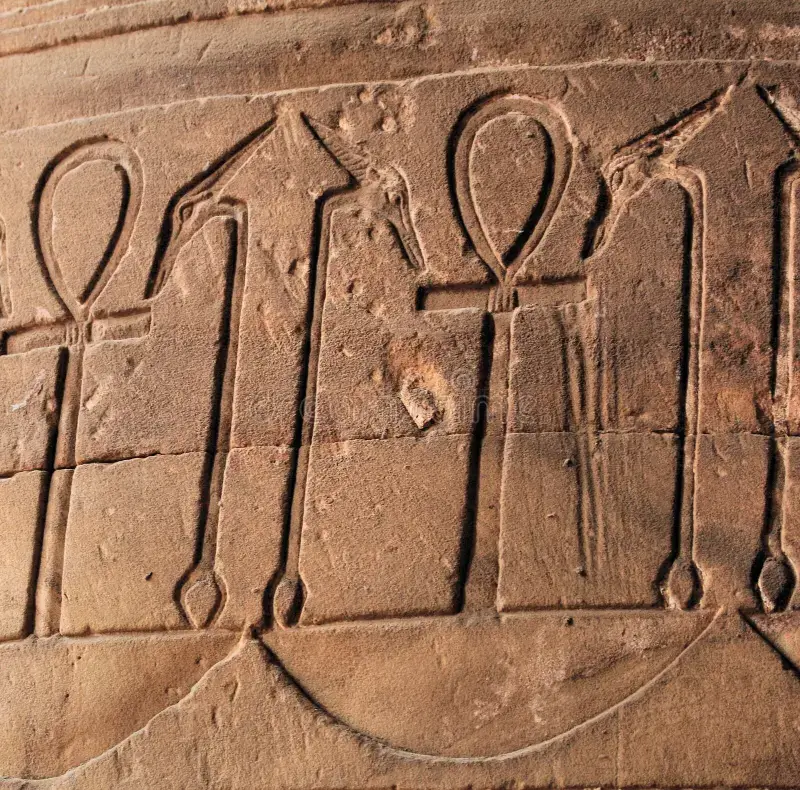
This symbol was also associated with the idea of rebirth. In the context of the afterlife, it was believed to protect the deceased, ensuring their rebirth and resurrection in the next world. however, it was not only a symbol for the elite or the deceased. Ordinary Egyptians also used the symbol in their daily lives, believing it would protect them from various adversities.
Is the Female Symbol an Ankh?
While they are distinct, there is a deep symbolic overlap. The ankh’s loop is often associated with the womb—bringing in a feminine, life-giving energy. Many interpret the ankh womb symbolism as a sacred reference to creation, fertility, and the divine feminine. In fact, the ankh male and female duality is what gives it its spiritual power: it unites opposites in perfect harmony.
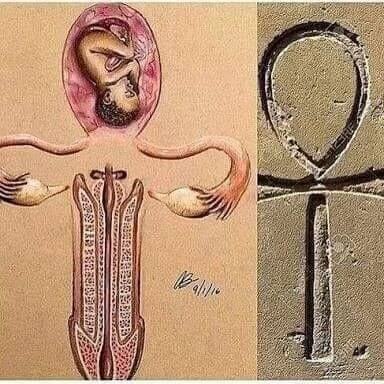
Key of Life
The presence of the ankh in Egypt was not limited to tombs or temples—it was part of daily life, present in jewelry, art, and amulets. Whether worn by priests or carried by everyday citizens, the ankh Egyptian symbol meaning was a source of strength and connection to the divine. Ankh’s meaning continues to influence modern jewelry and design, often infused with the same spiritual intentions the ancients once held dear.
Understanding the ankh symbol history is about recognizing the enduring relevance of this icon. As a symbol of life, protection, and eternal truth, this ancient one remains as radiant today as it was in the heart of ancient Egypt.
References:
- World History Encyclopedia: The Ankh
- National Park Service: ANKH – Egyptian Symbol of Life
- Study.com: Egyptian Ankh | Meaning & Symbol
- Wikipedia: Ankh
- Ancient Egypt Online: Ankh

